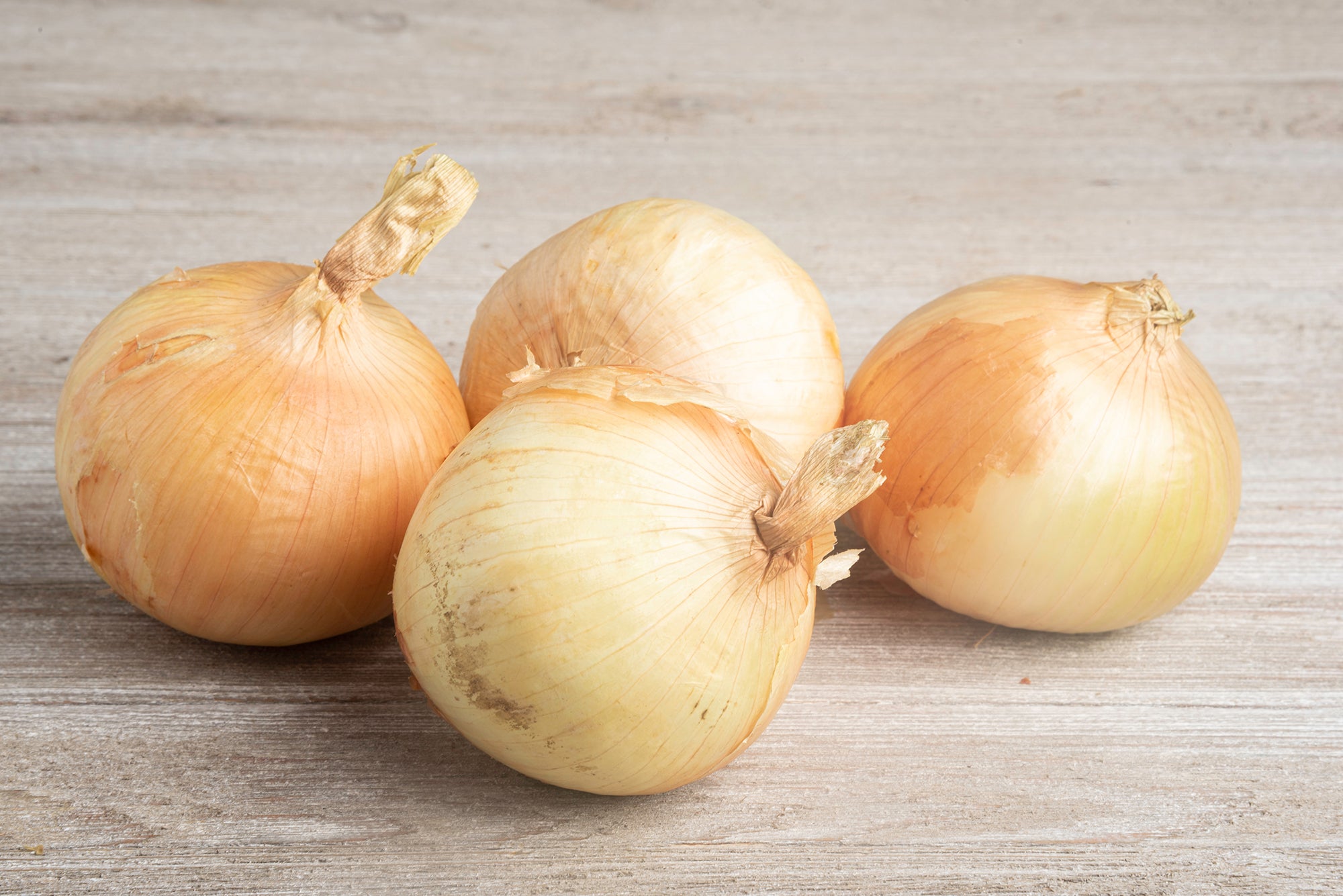How to Pick, Prep, and Cook with Sweet Onions

(Photo: Dominique James / Shutterstock)
With their higher sugar and lower sulfur contents, sweet onions are less likely than ordinary storage onions to bring a tear to your eye. They taste milder too.
Pick
Sweet onions are often named by geographic origin, with Walla Walla and Vidalia being most common, but also keep an eye out for Texas 1015, Maui, and Pennsylvania Simply Sweet. Avoid sweet onions with soft spots or sprouts, and look for smooth, dry skin and tightly closed necks, says Randall Morris, of Morris Farms in Uvalda, Ga. Morris advises storing sweet onions in a cool, dry spot with good air circulation and keeping them from resting against one another. “Wrapped in a paper towel and refrigerated, they’ll keep several months,” Morris says.
Prep
Placing sweet onions under running water loosens their skin, making them easier to peel. To quickly slice thin, use a mandoline. Morris suggests adding slices of raw sweet onion to salads, sandwiches, and dips, as well as piling them atop veggie burgers. “Cooking elevates the onion’s natural sweetness,” he notes. Roast peeled sweet onions whole, or caramelize thinly sliced rings in a skillet with some brown sugar and balsamic vinegar.
Try This
1. In a food processor, pulse a sweet onion with sun-dried tomatoes, olive oil, lemon juice, and smoked paprika; use as a spread for crackers, sandwiches, or veggie burgers.
2. A pizza topping of caramelized sweet onion tastes great layered with basil pesto and goat cheese.
3. Make a raita with plain yogurt, chopped sweet onion, chopped mint, garlic, and cumin; serve alongside curries or flatbread.